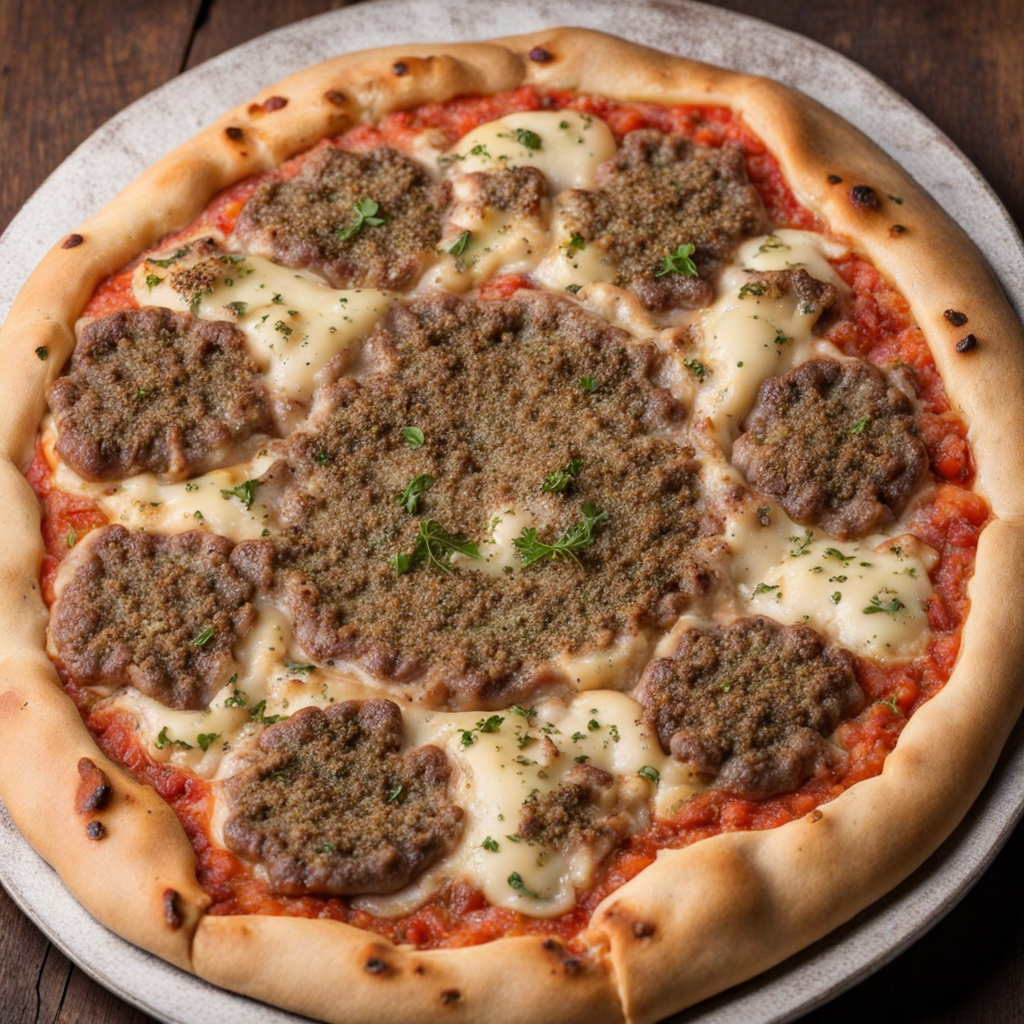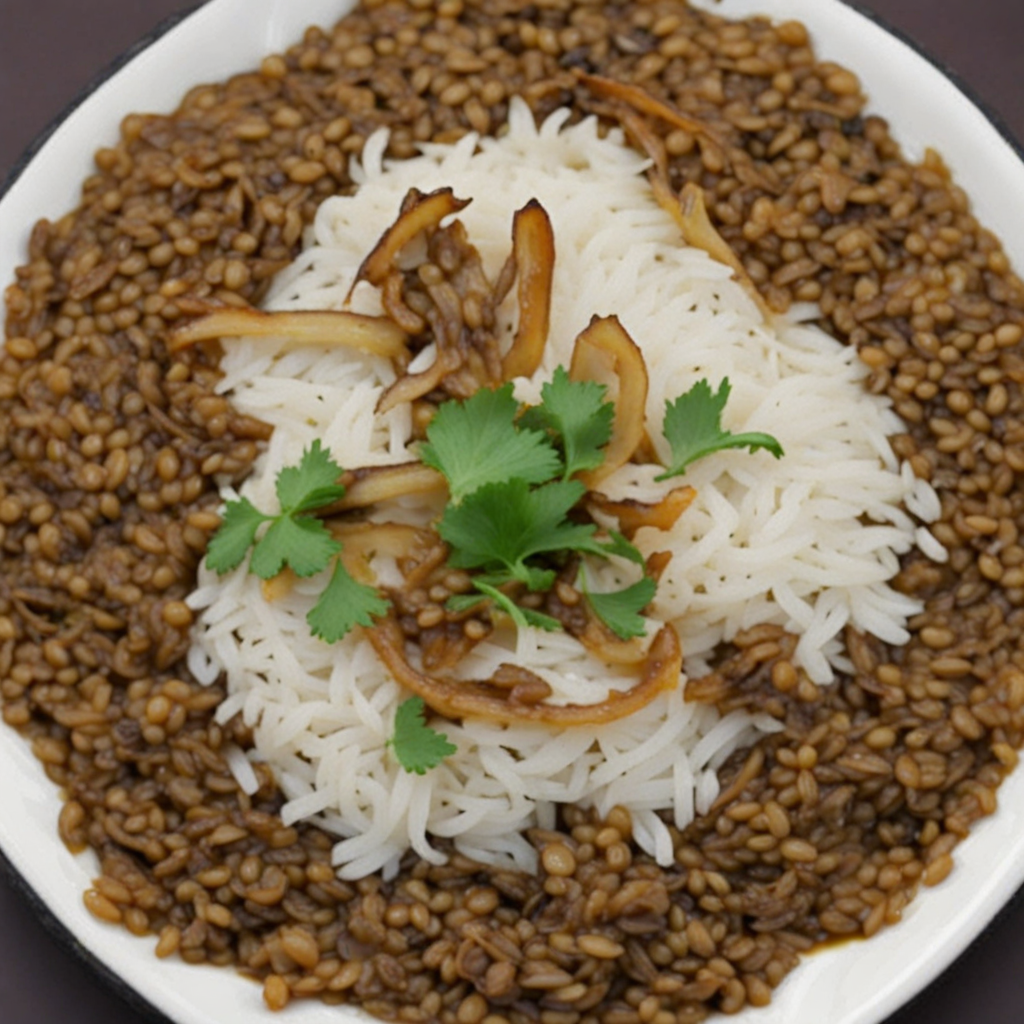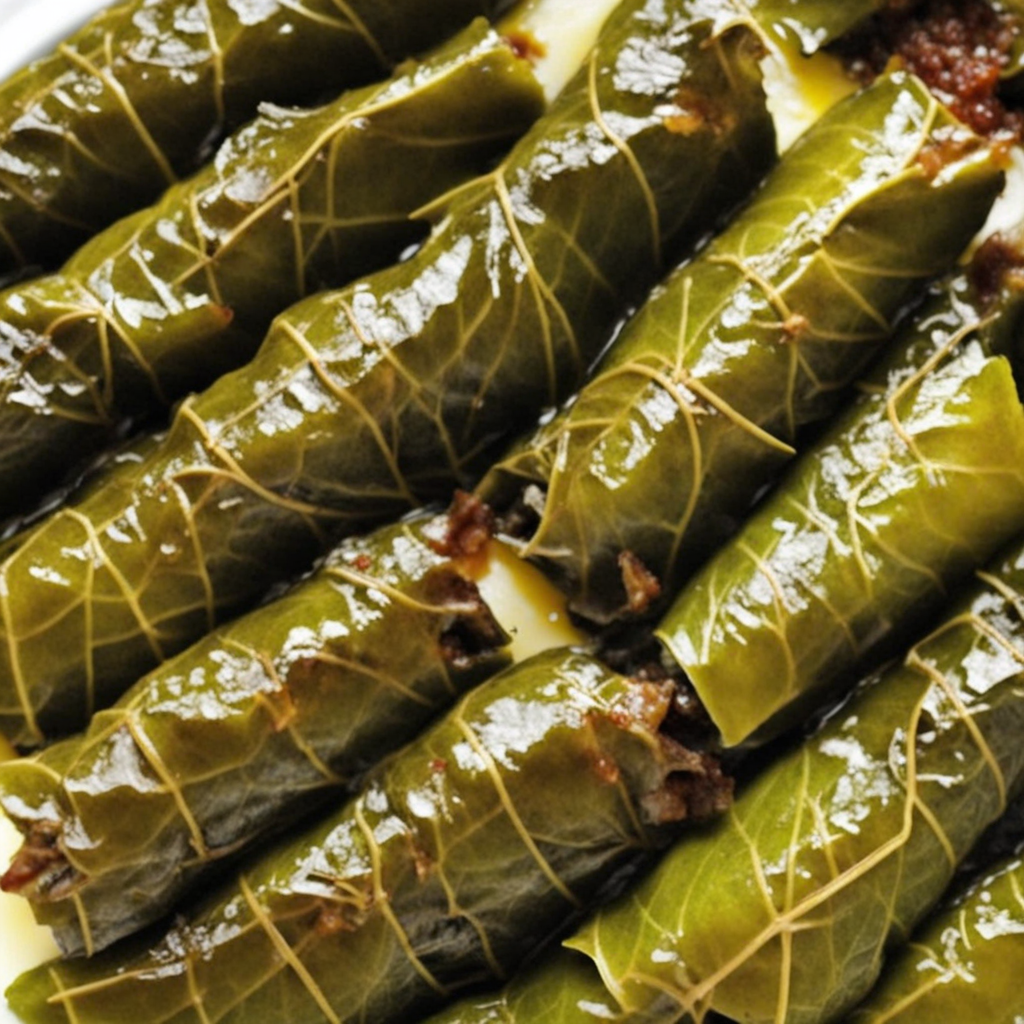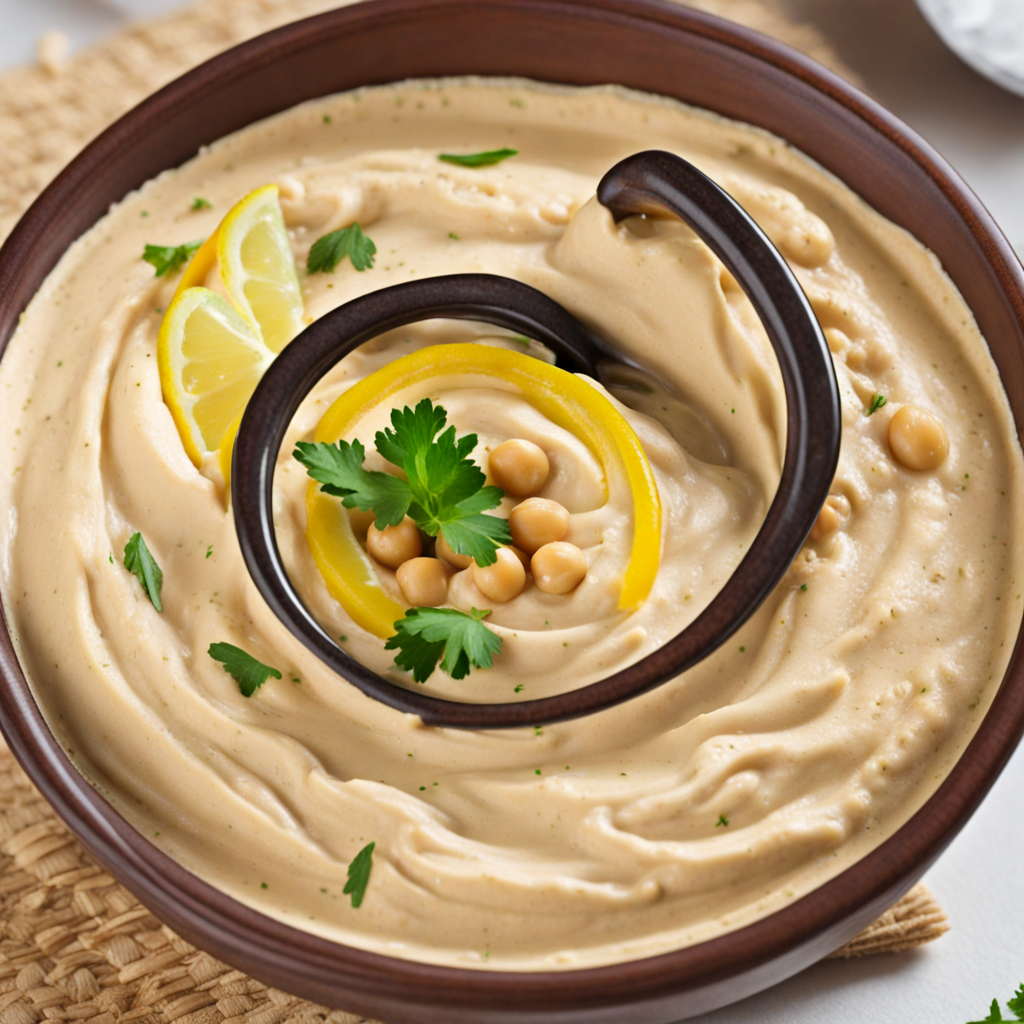Manakish
Mana'eesh, a beloved Lebanese dish, is a traditional flatbread that serves as both a breakfast staple and a popular snack throughout the region. Its history can be traced back to the Levant, where it has been enjoyed for centuries. The dish reflects a blend of cultural influences, with roots in ancient Middle Eastern bread-making practices. While its exact origins are difficult to pinpoint, it has become emblematic of Lebanese cuisine, frequently enjoyed in homes, bakeries, and street stalls alike. The main characteristic of mana'eesh lies in its dough, which is made from simple ingredients: flour, water, yeast, and a pinch of salt. This dough is kneaded until smooth and elastic, then allowed to rise until it doubles in size, creating a light and airy texture. Once the dough is ready, it is divided into small balls and rolled out into thin rounds. The flatbread can be baked in a traditional wood-fired oven or on a hot griddle, enhancing its flavor and texture. The preparation process is often communal, with families gathering to make and enjoy this dish together. The flavor profile of mana'eesh is versatile and can be tailored to individual preferences. The most common topping is za'atar, a fragrant blend of dried thyme, sumac, sesame seeds, and olive oil. This mixture is spread generously over the dough before baking, resulting in a savory and aromatic flatbread that bursts with flavor. Other popular toppings include labneh (a tangy strained
How It Became This Dish
Origins of Manakish Manakish, a beloved traditional Lebanese dish, has its roots steeped in the rich culinary heritage of the Levant region. This flatbread, often topped with various ingredients, is believed to have been influenced by the ancient practices of bread-making in the Middle East. Historians trace the origins of flatbreads back to the Neolithic period, when early humans began cultivating grains. In Lebanon, the art of baking bread took on a distinct character, blending local agricultural practices with the cultural influences of neighboring regions, including Syria and Palestine. The name "manakish" derives from the Arabic word "naqsh," which means to engrave or imprint, referring to the way the toppings are applied to the dough. Traditionally, manakish were not merely a culinary delight but served as a canvas for expressing regional flavors and ingredients. Among the most popular toppings are za'atar, a blend of thyme, sesame seeds, and sumac; cheese; and minced meat. The earliest forms of manakish likely emerged as a breakfast staple or a quick meal for laborers, showcasing the simplicity and accessibility of the dish. \n Cultural Significance In Lebanese culture, manakish is more than just food; it represents a sense of community and tradition. The process of preparing and sharing manakish has been a cherished family activity for generations. It is common for families to gather around the kitchen, kneading dough and preparing toppings together. The act of baking manakish is often accompanied by stories, laughter, and the sharing of recipes passed down through generations, reinforcing familial bonds. Manakish has also become emblematic of Lebanese hospitality. It is often served to guests as a welcoming gesture, showcasing the host's culinary skills and generosity. Street vendors in Lebanon frequently sell manakish, making it a popular choice for breakfast on the go or a quick snack. In urban areas, these vendors often have long lines of customers eager to savor the freshly baked offerings, highlighting the dish's widespread appeal across all demographics. \n Historical Development The evolution of manakish reflects broader historical changes in Lebanon and the Levant. During the Ottoman Empire, which ruled over Lebanon from the 16th to the early 20th century, culinary practices flourished, and manakish became a staple food across various social classes. It was during this period that the use of za'atar as a topping gained prominence, as the herb was widely cultivated in the region. The Ottomans introduced more elaborate toppings, including various cheeses and meats, which further enriched the diversity of flavors. As Lebanon underwent significant political and social transformations in the 20th century, particularly during and after the Lebanese Civil War (1975-1990), manakish continued to adapt. The war caused many people to seek refuge in different countries, leading to the spread of Lebanese cuisine globally. In diaspora communities, manakish became a symbol of nostalgia for home, often made using local ingredients that resembled those found in Lebanon. This adaptation allowed the dish to maintain its cultural significance while embracing new influences. \n Modern Interpretations In contemporary Lebanon, manakish has seen a resurgence in popularity, particularly among younger generations. With the rise of social media and food culture, many chefs and home cooks experiment with innovative toppings and techniques, giving the dish a modern twist. Gourmet versions of manakish now emerge in upscale restaurants, featuring toppings like smoked salmon, truffle oil, and gourmet cheeses, appealing to a more adventurous palate. Moreover, health-conscious trends have also influenced the preparation of manakish. Whole grain flours, gluten-free options, and plant-based toppings are increasingly common, reflecting the evolving dietary preferences of consumers. Despite these modern adaptations, the traditional manakish remains a cherished favorite, often enjoyed at breakfast or as a snack, reinforcing its status as a staple of Lebanese cuisine. \n Manakish Around the World As Lebanese communities have spread around the globe, so too has the popularity of manakish. Cities such as Paris, London, and Toronto boast numerous Lebanese bakeries and restaurants that feature this beloved dish on their menus. In these places, manakish serves as a culinary ambassador, introducing non-Lebanese diners to the rich flavors of the Levant. Food festivals and cultural events often highlight manakish, showcasing its versatility and significance within Lebanese cuisine. The global appreciation of manakish has also fostered a sense of pride among Lebanese citizens and diaspora alike. Food has the unique ability to transcend borders and unite people, and manakish serves as a delicious reminder of shared heritage and culture. Restaurants in Lebanon and abroad often host events where chefs demonstrate traditional preparation techniques, furthering the appreciation of this time-honored dish. \n Conclusion of Tradition and Innovation Manakish embodies the essence of Lebanese culinary heritage, marrying tradition with innovation. It reflects the historical journey of Lebanon, from its ancient agricultural practices to its modern culinary landscape. As it continues to evolve, manakish remains a symbol of community, hospitality, and cultural pride. Whether enjoyed in a bustling Lebanese city, a cozy family kitchen, or a far-off corner of the world, manakish carries with it the flavors of Lebanon and the warmth of its people. The enduring popularity of this dish is a testament to its ability to adapt while retaining its deep-rooted significance in the hearts of those who cherish it.
You may like
Discover local flavors from Lebanon







